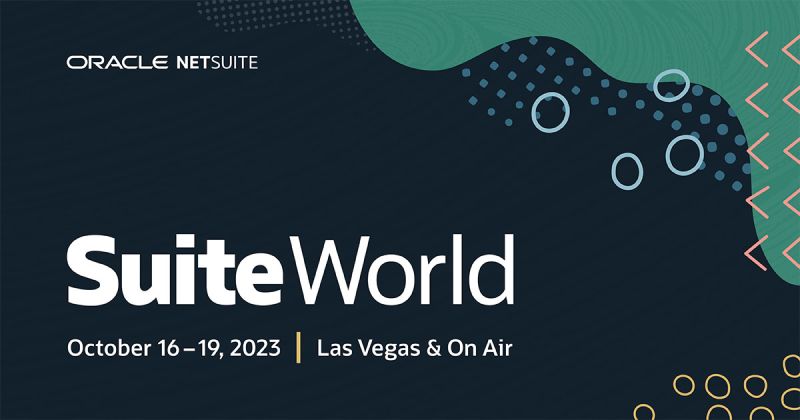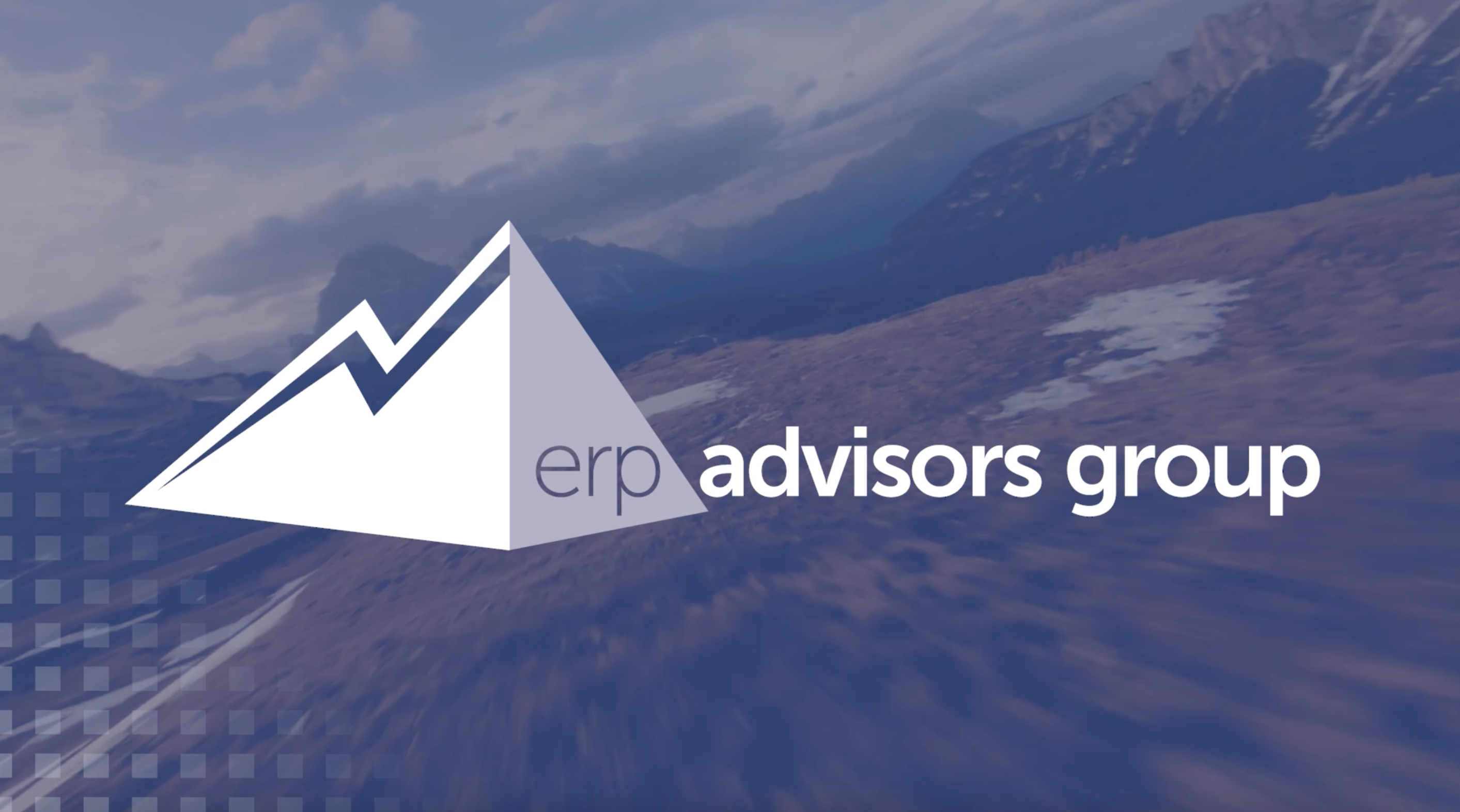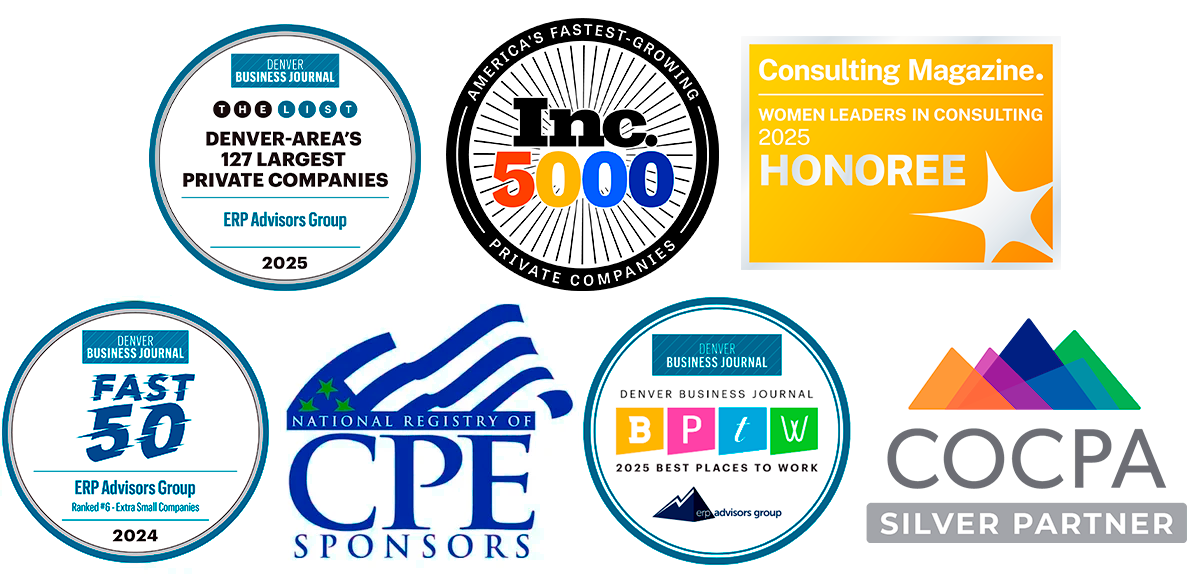
ERP end of life can create confusion about the best path forward for your business. Whether you’re upgrading your current software, migrating to the vendor’s go-forward product, or selecting an entirely new solution, the flurry of options can be overwhelming. ERP Advisors Group is here to help you define what is best for your company and ensure you make the right decision.
What To Do When Your Legacy Software Reaches End of Life
ERP end of life can create confusion about the best path forward for your business. Whether you’re upgrading your current software, migrating to the vendor’s go-forward product, or selecting an entirely new solution, the flurry of options can be overwhelming. ERP Advisors Group is here to help you define what is best for your company and ensure you make the right decision.
Why Legacy Software is Becoming Obsolete
ERP Advisors Group defines legacy software as “any platform a business has been running on for 10 or more years.” Evolving industry trends and technological advancements will transform how businesses operate. Nowadays, businesses need more because they do more, with greater diversity in tasks, products, and offerings. Requirements are changing with the market, and as a result, your day-to-day operations have likely changed significantly in the last 10 years.
Despite the evolution of businesses, some software solutions never got the memo. While there are examples of legacy products that have progressed with changing tides, most vendors have elected to develop new products on modern architecture. The outdated architectures of older software solutions are now incapable of utilizing modern technology, such as AI tools. As a result, we also define legacy products as software that was built in a paradigm that no longer matches what modern businesses do today.
Once a product is considered legacy, it will become more and more difficult over time for software vendors to justify investing further into the product, especially if they are already supporting a modern product. Once that point is reached, vendors move their legacy software to “End of Support” and then to “End of Life."
End of Support vs End of Life
While many people may think these terms are used interchangeably, there are nuanced differences between what it means for a product to be in “End of Support” versus “End of Life.”
End of Support
End of support is a major step towards total shutdown. The product is still actively hosted and will receive critical support patches. However, regular technical support will be ended by the vendor so you will no longer receive any updates or upgrades. Despite the vendor potentially continuing to sell licenses and host the system, the software will no longer receive new features and will receive hotfixes only in dire situations.
We refer to this stage as a “steppingstone” phase for software. Your platform will still be active, but your business has a ticking timebomb at its core. Vendors will provide you with notification and a schedule ahead of time, so it is vital pay attention to updates that are released.
End of support can be risky to your business, with no new updates or patches to fix bugs that occur in your system. And you will only really get support from the vendor if your software has failed or has a problem of significant magnitude. Many vendors will offer opportunities to purchase some form of “sustaining” support, meant solely to keep the lights on. This is another sign the solution may be coming to its end-of-life. Below is the current end-of-support schedule for Oracle EBS 12.2:


Source: Oracle
End of Life
Once a product reaches end of life, the vendor is truly and completely done supporting it. This includes hosting, licensing sales, and new modules; the vendor has no more involvement with the product. There will no longer be any help or support for your system other than the expensive internal developers you can manage to hire or maintain.
Even outside support, like partners, may struggle to provide adequate support. Partners that continue to support legacy products that have reached end of life could be liable to legal trouble with the vendor who has cut development off. Your business may be stranded, putting it at a high risk.
For more on how legacy software can harm your business, click here.
Early Signs Your Product May Be Approaching End of Support
Within legacy software, there are also cases of products that do not have an announcement of end of support or end of life but don’t really meet the needs of modern businesses. If announcements of new features and technology developments for your product are coming fewer and farther between, that is a sign that it is no longer being prioritized by the vendor. Vendors can begin to slowly prune support off of their legacy products, placing it at the same level of investment as one could expect from an “end of support” or “end of life” product.
Vendors will also likely push their recommended path onto a modern product if you begin exploring options away from a legacy solution. For the vendor, moving their customers off legacy products on to modern, cloud-based solutions is beneficial for a number of reasons, specifically control over future upgrades, fixes, and the system as a whole. For the customer, there are also a slew of benefits, as they gain access to rapid, easy upgrades and regular hotfixes from the vendor.
What Does an End-of-Life Deadline/Announcement Mean?
When you receive the initial notification of your product’s end of life, there will be questions about what it ACTUALLY means for your business. Changes will unfortunately be necessary in the near future. While it won’t necessarily change your day-to-day operations at first, the notification does put you and your software on the clock. It is crucial to begin planning for the future, and to start considering how much time you have left. Once that date is reached, you will no longer have product support, putting further pressure on your evaluation process.
An important piece of information to consider is that in many cases, businesses are not on the most recent version of their software. Every solution has a unique timeline, with various versions reaching end of support and others still receiving attention. It is important to understand the timeline for your current version of the product and determine where you are at on the version timeline. Sometimes, you need to upgrade to the latest version for any hope of getting on the go-forward product. These factors can shape your path forward.
What To Do When Your Software Reaches End of Life
Once the initial shock of your end-of-life announcement has passed, there are three crucial steps to take to begin moving forward:
- Gather Information: First, it is important to find out what version of your software you are currently on. To properly evaluate your options and how much time you have left, it is important to understand exactly where your system stands and what the timeline looks like for your specific version. End of life schedules can vary across different versions of the same product. Your vendor or implementation partner can help you navigate this process.
- Contact An Expert: Once you know where you stand, find an expert (like us!) who can advise you. Speaking with your current support expert, other advisors, and even looking at the vendor’s website can provide you with critical information that could change your approach. Make sure you listen to the experts who are here to help, and it is always a good idea to get an independent perspective outside of your vendor or partner.
- Determine the Correct Path: Based on the information and data gathered in the previous steps, you will have what you need to decide how to proceed. You may choose to upgrade, which could mean a full implementation to get onto a cloud solution, or it might be best to test the market. Vendors are innovating more than ever before, meaning there are more options available on the market. The right product for your business is out there, you just have to be open to it!
Conclusion
End of life announcements can be incredibly daunting and lead to some initial panic about how it will impact your business. But with the proper approach, you will be successful in migrating to a modern ERP. That modern system will open the door to a whole new world of possibilities for what your business can achieve. If you are facing an end of life or end of support announcement and are unsure how to proceed, please do not hesitate to reach out. Meet with us today for a free consultation and have all your questions answered by an ERP expert!





